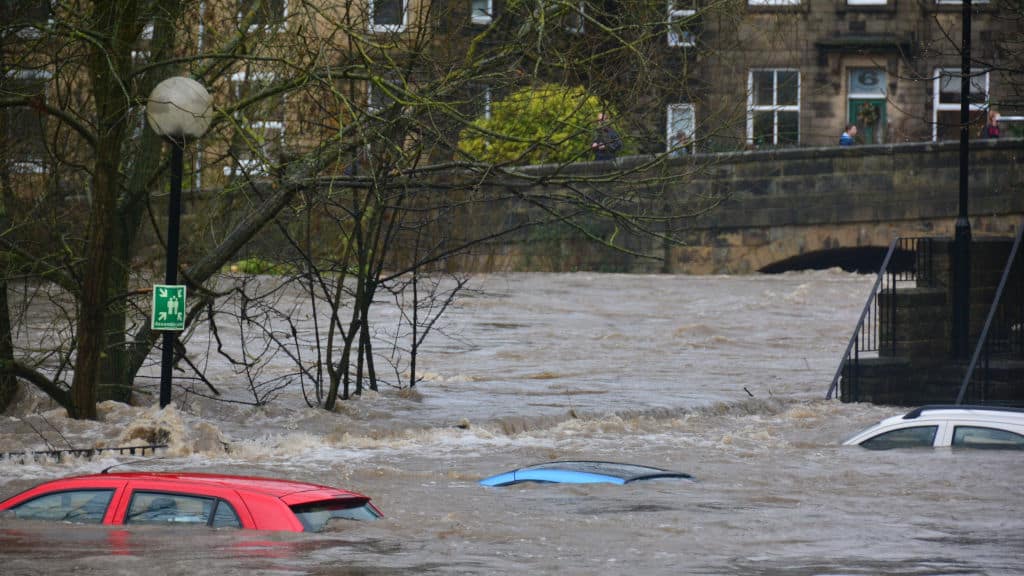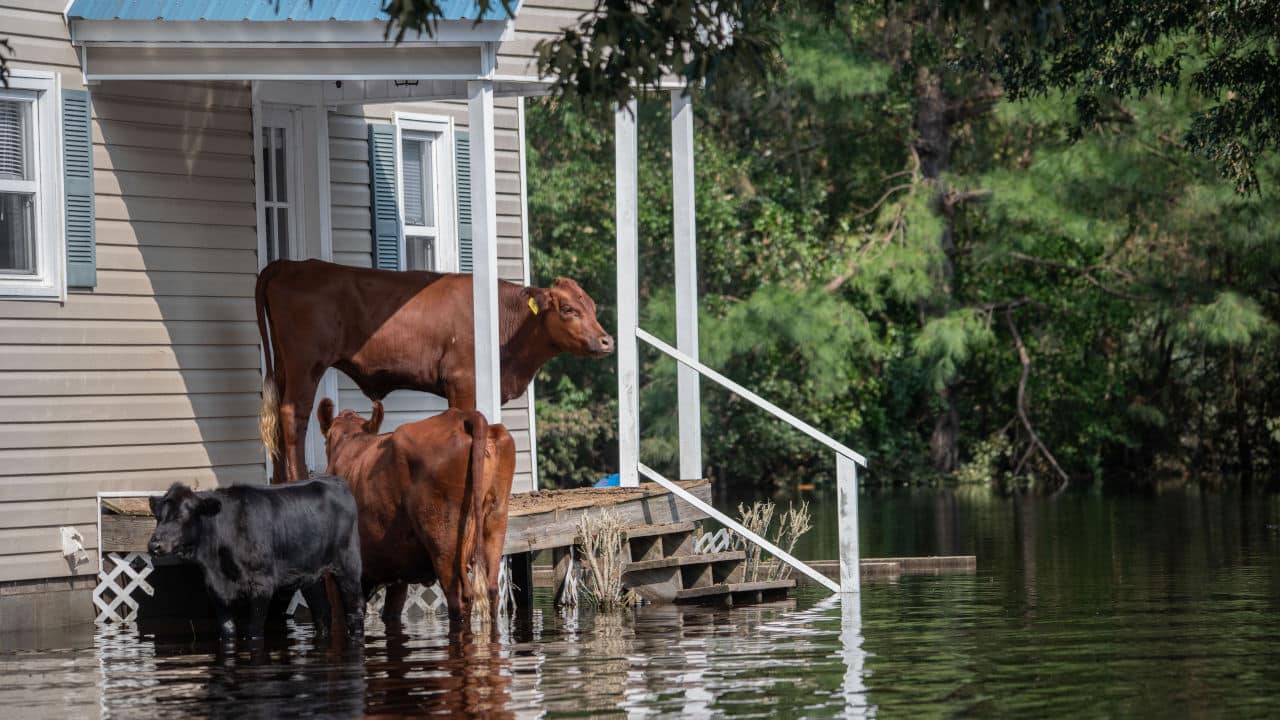Flooding is an unfavorable reality of life in the South. A river or stream is located within one mile of almost every community along the Gulf Coast. When considering the region’s rainfall, hurricane seasons, storm surges, and levee failures, water can easily become a recurring source of disaster for local homeowners.
Flood Defenders describe flooding as America’s most frequent and expensive disaster. This accurately describes the country experiencing urban flooding events once every 2-3 days for the past 25 years. This disaster is especially expensive as it has cost taxpayers more than $850 billion since 2000 and more than $1 trillion since 1980.
Some of the causes of these disasters can be traced to human activities and urbanization. Consequently, flooding cannot be described as an “Act of God” all the time. It can also be a man-made disaster.
Man-made flooding can be traced to a specific person but sometimes due to compounding acts of people such as climate change.
Whatever the case, legal animation can be used to portray the source of a flooding incident in court.
What are the man-made causes of flooding?
Human actions can directly cause a flooding incident, thus causing loss of lives and properties to people who live close to the source of the flood.
With legal animation, it is possible to illustrate to the court the reason behind the flooding and demystify the facts of the case in a simple, easy-to-assimilate manner.
Here are some of the man-made causes of flooding:
- Deforestation
When a particular area is deforested, there will be no more trees to assist soak up precipitation and lessen water flow over the terrain. Every time it rains, there is a higher risk of erosion and floods without these natural defenses.
- Impenetrable surfaces
In developed places, such as urban areas, there are frequently a lot of impermeable surfaces, such as concrete roads and other constructions, that prevent water from soaking back into the soil.
If the water is not diverted appropriately when heavy rain falls on these impervious surfaces, it can build up and cause flooding in low-lying areas.

- Defective infrastructure
Infrastructure that breaks or fails can result in large amounts of water filling a local area, which can result in floods.
One instance is a break in a water main, like the one that occurred in July 2014 at the UCLA campus in the United States and released 75,000 gallons of water per minute into the neighborhood.
Another instance is when dams fail because of poor design and upkeep or when they become overburdened by a lot of precipitation.
- Infrastructure and development in flood-prone areas
The development and construction of infrastructure in flood-prone locations, such as along rivers, near ocean shorelines, or near river deltas, has increased vulnerability to floods by compromising the natural robustness of these ecosystems.
A perfect example is the case of Tarrant Regional Water District v. Gragg. In this case, the Texas government agency’s activities and construction increased the flooding on Gragg’s ranch and caused a lot of destruction.
- Bridge construction
Overhead bridges across rivers can occasionally decrease water discharge and reduce the river’s ability to hold additional water.
- Climate change
The atmosphere’s concentration of greenhouse gasses from human activity is rising, changing and warming the planet’s climate. Among the many effects of climate change, greater precipitation and flooding are currently occurring in some areas.
Since the world’s glaciers are melting due to rising temperatures, sea levels are rising as well, increasing the risk of flooding in low-lying coastal areas and densely populated floodplains like the Nile, Mississippi, and Ganges-Brahmaputra.
- Flood embankments
During heavy precipitation events, flood barriers, designed to increase rivers’ water-holding capacity, may prevent flood water from draining back into the rivers.
In all of these instances, a court case can be started with legal animation to recover enough compensation for the damage caused.

Using Legal Animation in A Flooding Case
Legal animation is a reliable tool for breaking down a complex court case into simpler fragments for human understanding.
The usefulness of legal animation cannot be overstated in cases such as flooding. The play of the motions on the screen is enough to shed light on the case and secure an easy win.
This is especially important if the party being sued is a big company or a governmental agency.
In the case of Barnes v. United States, the plaintiff sued the state based on a flood claim and was able to recover almost $2 million with interest, attorney fees, and other costs.
Legal animation makes it easier to prove your case in front of a seemingly ultimate body and be seen and heard.
Conclusion
Flooding events can steal lives and destroy properties instantly, destroying the meaning a person gives to life in such a short time. Legal animation can be used to access justice in court by proving the real cause of the case.






